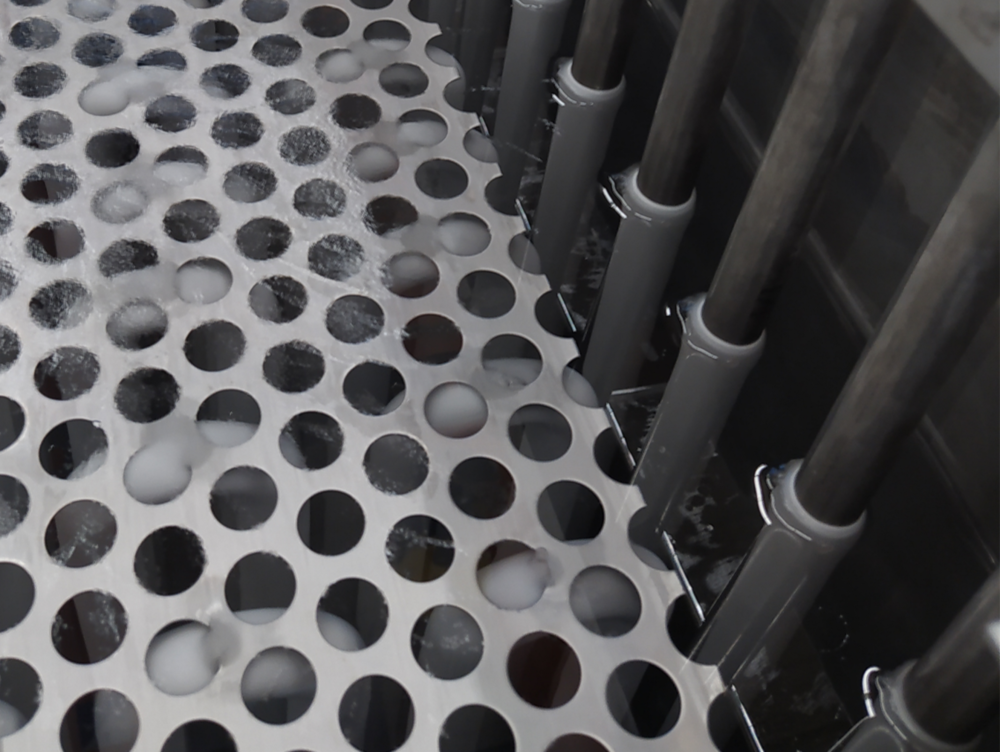Waste heat utilization as part of the closed value chain of LaNDER³

Achieving ambitious climate targets requires a significant reduction inCO2 emissions in energy generation and use. One approach to this is to increase the efficiency of energy-intensive processes and plants, for example by utilizing process-related waste heat.
Against this background, a waste heat utilization concept was developed and implemented as part of the impulse project 2 in FSP3 in order to demonstrate this approach in practice using the example of fibre processing - especially fibre drying.
The basic idea of the concept is not to release the waste heat generated in a biogas cogeneration plant unused into the environment, but to use it for drying the natural fibers required for fiber processing. This results in an enormous potential saving in the electrical energy normally used to generate the air temperature of 70 °C required for drying the fibers.
As there is normally a time discrepancy between the availability of waste heat and the need for drying heat, which makes it necessary to store the waste heat, an innovative latent heat storage system was developed in Impulse Project 2 and integrated into the drying cycle. This allows waste heat to be used for fiber drying with a time delay (up to several days after it is generated). The phase change material used as a storage medium (melts and solidifies when heat is added or removed) allows large amounts of heat to be stored at an almost constant temperature level of 64 °C.
By using a storage medium with a melting temperature above the drying temperature of the natural fibers or by using the waste heat directly without intermediate storage, it would even be possible to achieve a complete substitution of electrical energy, more than half of which is still generated from fossil fuels.
The developed latent heat storage system can store a heat quantity of 42 kWh in the temperature range between 45 °C and 80 °C.
The calculated savings potential of the electrical energy required for fiber drying through the use of temporarily stored waste heat from the heat accumulator, i.e. heat that is not used simultaneously for production, is 80 %, which leads to an enormous reduction in climate-damagingCO2 emissions and a considerable increase in the efficiency of the process.
A conventional hot water cylinder with a comparable usable volume only achieves
around 60 % of the heat content realized in the research project.
In the future, waste heat is to be made usable for other processes that also serve the production of natural fiber plastic components but require heat in a temperature range of 100 °C and above. To this end, building on the findings of impulse project 2, heat storage technologies are being further developed as part of impulse project 5 in FSP3.

